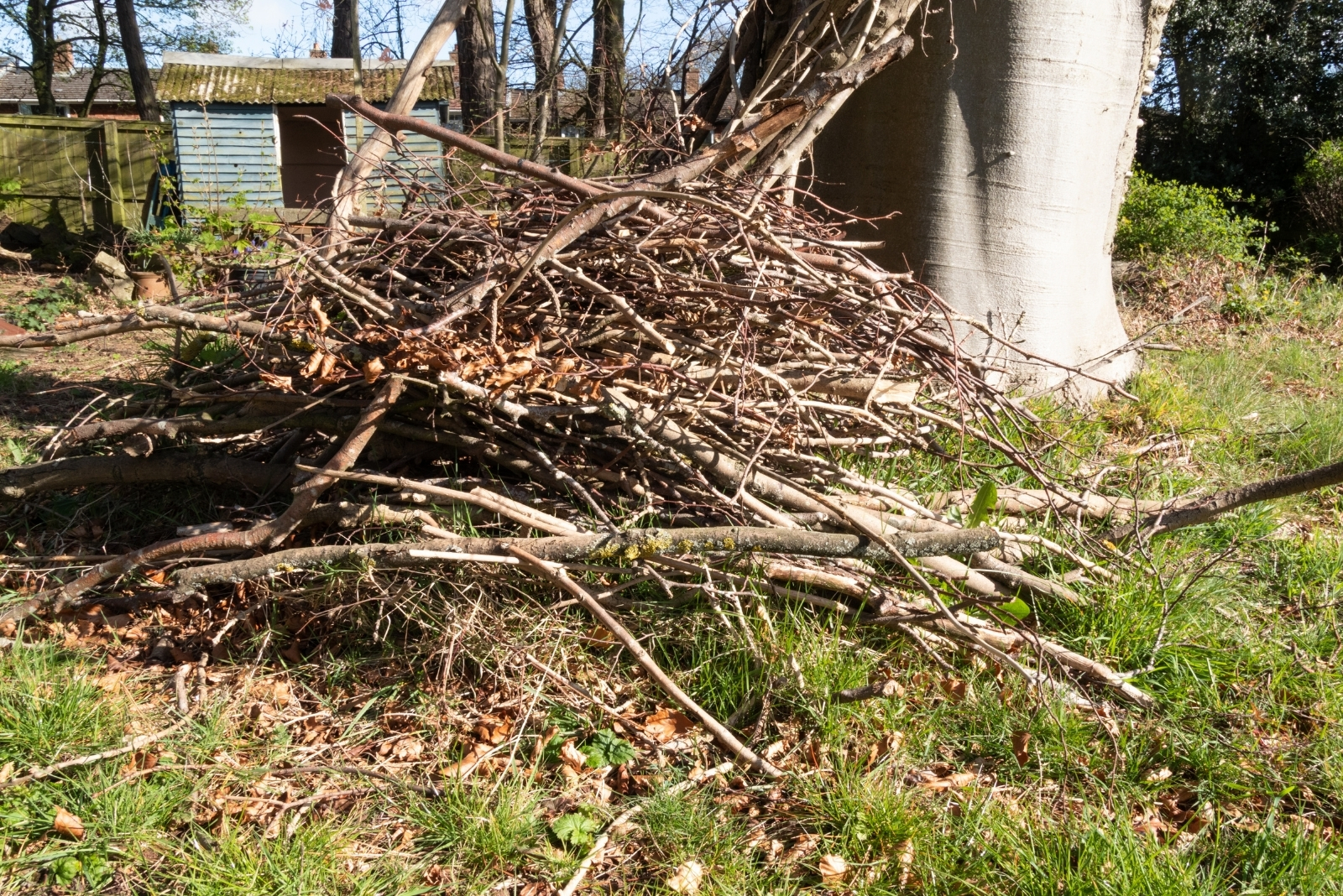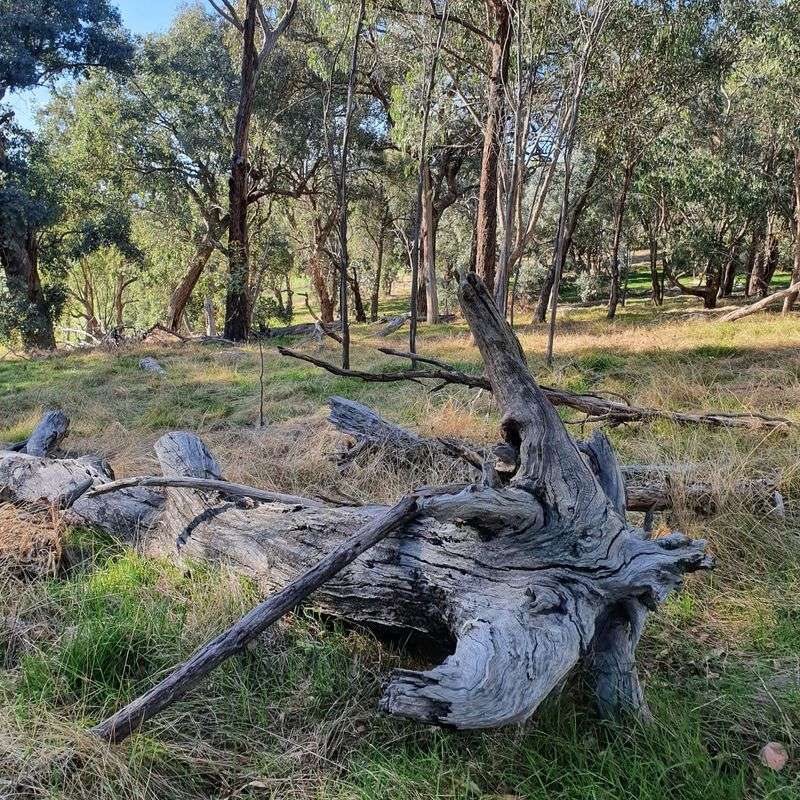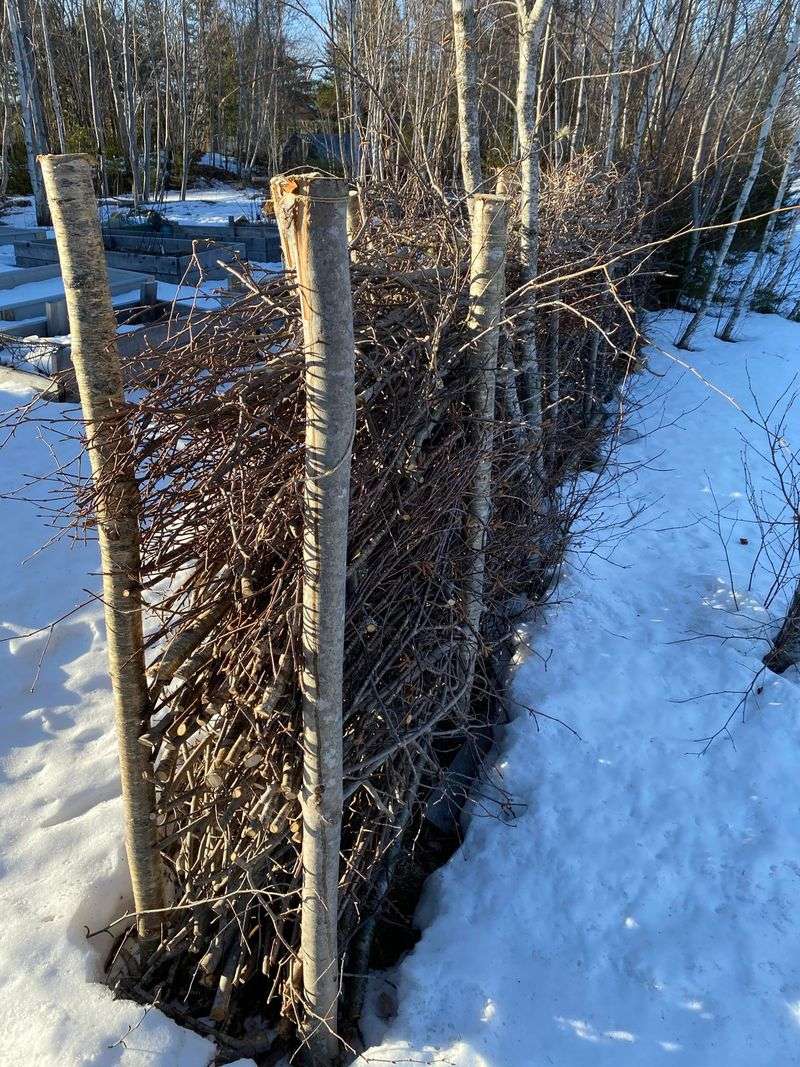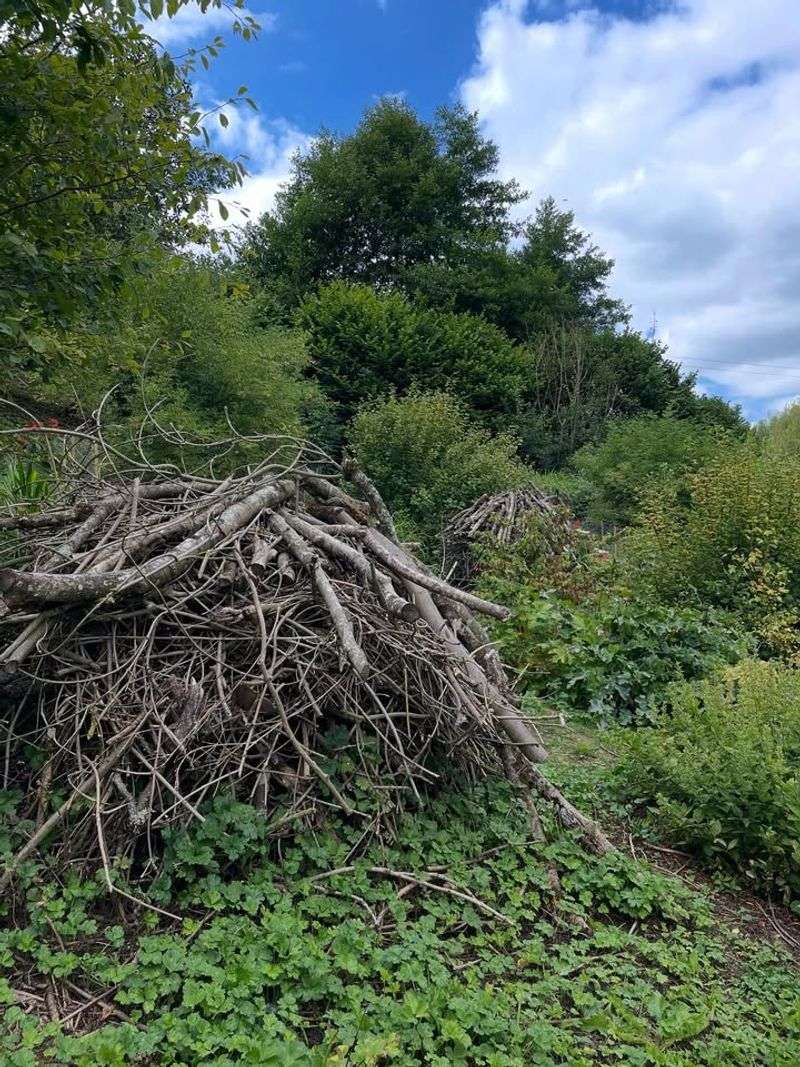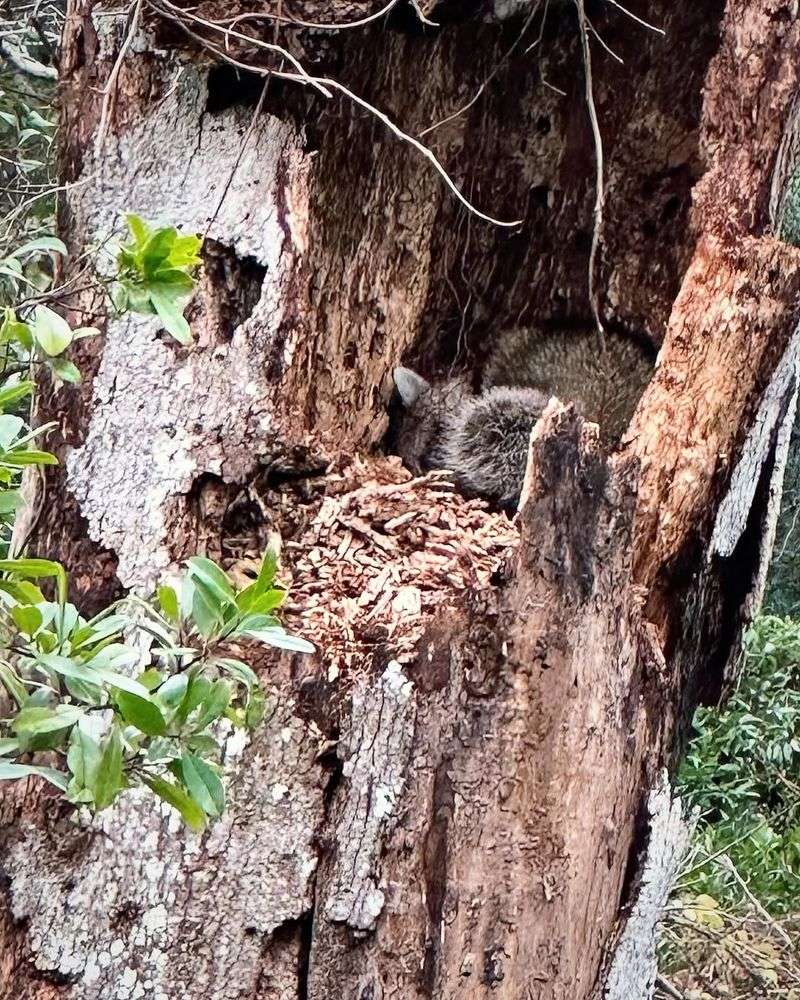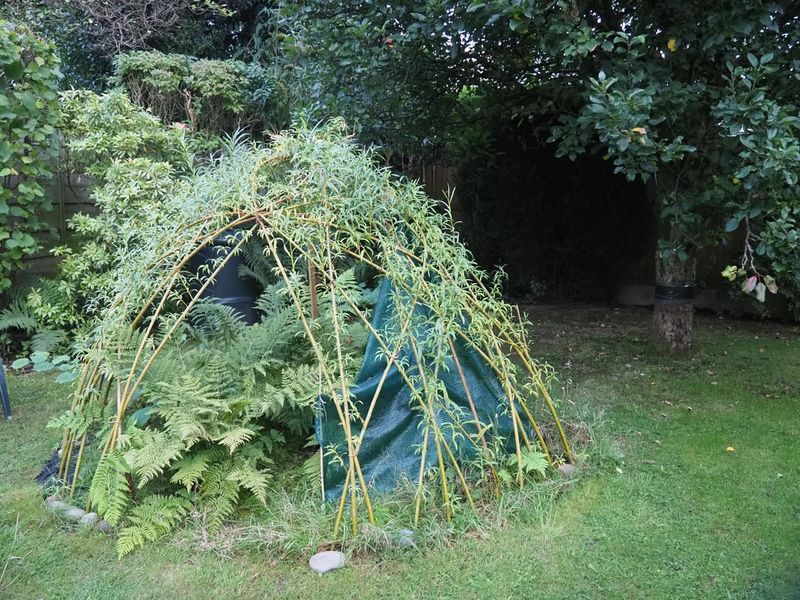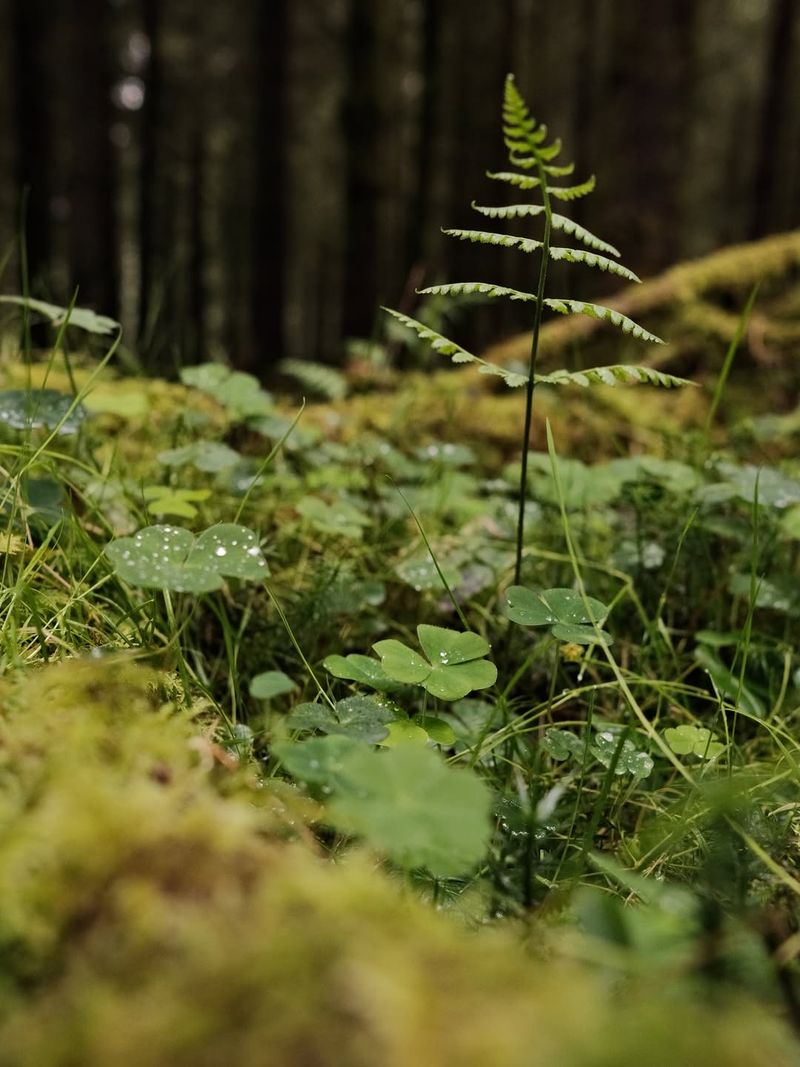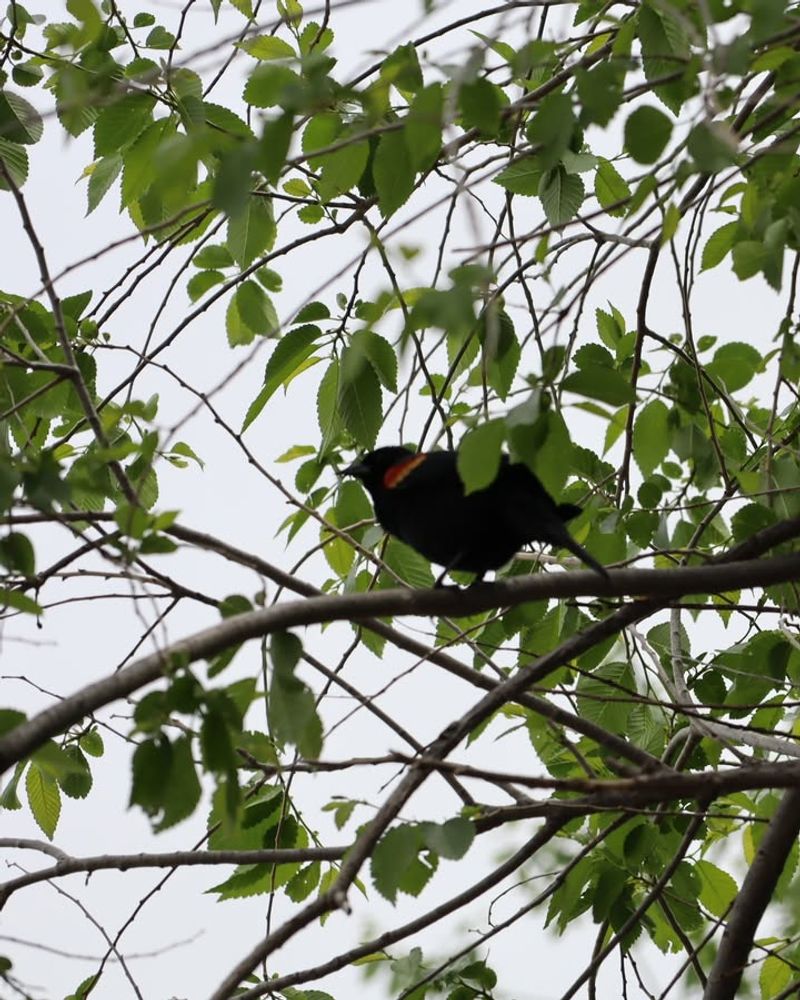Virginia yards can become little wildlife havens with the right touches. Brush shelters are simple but powerful ways to support local animals.
These 8 ideas mix creativity and practicality for a thriving backyard. Build one and watch your Virginia garden come alive with activity.
1. Leaning Teepee Structure
Gather fallen branches and lean them against a sturdy tree trunk in a circular pattern. Virginia’s forests offer plenty of materials for this simple yet effective shelter that appeals to small mammals.
Leave small gaps between branches for easy entry while maintaining enough coverage to block wind and rain. The conical shape naturally sheds precipitation while creating a cozy interior space.
2. Hollow Log Enhancement
Found a fallen hollow log in your Virginia backyard? Don’t move it! Instead, reinforce it by piling brush and leaves around and on top, creating an expanded shelter zone.
Many creatures already seek hollow logs naturally. Your enhancements simply make it more weather-resistant and appealing. The improved insulation helps wildlife survive cold Blue Ridge Mountain nights.
3. Brush Wall Windbreak
Create a long, curved wall of stacked brush facing away from prevailing winds. Virginia’s coastal areas often experience strong gusts that wildlife needs protection from, especially in winter.
The curved design blocks wind from multiple directions while creating a sheltered pocket. Add fallen leaves inside this pocket to provide insulating material that small creatures can burrow into.
4. Stone Base Brush Pile
Start with a foundation of medium-sized rocks spaced a few inches apart. This creates ground-level tunnels perfect for snakes, mice, and other small Virginia critters that need protection.
Layer progressively smaller branches on top, finishing with twigs and leaves. The stone base prevents the structure from compacting over time while providing essential drainage during Shenandoah Valley rainstorms.
5. Stump Surround Sanctuary
Transform an old tree stump into wildlife housing by arranging branches vertically around it like a fortress. Many Virginia forests have stumps that already attract insects, which then attract birds and other predators.
Fill gaps between branches with smaller twigs and leaves. The stump core provides structural stability while the surrounding materials create multiple hiding spots for different species throughout Virginia’s changing seasons.
6. Woven Branch Dome
Weave flexible branches like willow or grapevine into a dome shape. Virginia’s riverside areas offer perfect materials for this technique, creating a structure that resists collapse even under heavy snow.
Pack the woven frame with leaves and smaller brush. This design mimics natural nests while providing superior protection from predators and weather, making it ideal for the varying conditions across Virginia’s diverse regions.
7. Fern-Topped Hideaway
Construct a platform of crossed branches about a foot off the ground. Virginia’s mountain regions have abundant materials perfect for creating elevated shelters that stay dry during heavy rains.
Cover with layers of ferns, pine boughs, or other leafy material. The elevated design prevents flooding while the natural roof provides excellent camouflage, helping wildlife remain hidden from predators common in Virginia’s diverse ecosystems.
8. Brush Corridor Network
Create several small brush piles connected by tunnel-like passages made from arched branches. This network approach is perfect for Virginia’s meadow edges where wildlife needs to move safely between different habitats.
The interconnected design allows animals to travel protected from both predators and weather extremes. Each junction can feature a slightly larger chamber, providing resting spots throughout the eastern Virginia landscape.

